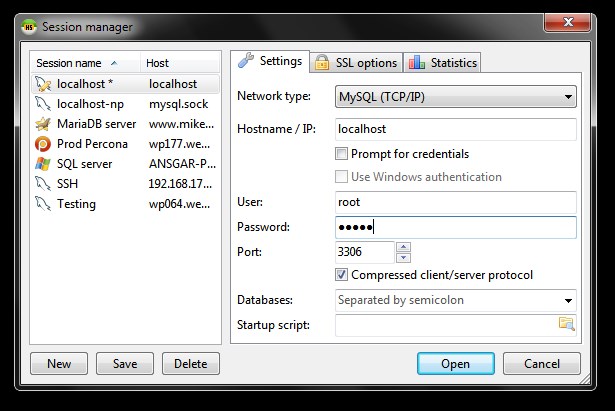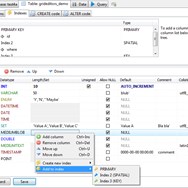
If you're running DBeaver, you can configure it with the following settings: You can also set Edit → Preferences → SQL Editor → DBMS connection read time out (in seconds), which has a default of If you're running really long-running commands (for example, dumps of large tables) and you get client-side timeouts, It's also a good idea to set the Edit -> Preferences -> SQL Editor -> DBMS_Connection keep alive interval setting toĢ00, to avoid any "lost connection" issues due to our 5-minute connection timeout. You may also need to allow ssh login based management as one of the mysql workbench options under server connections -> remote management. Your database name, eg yourusername$mydatabase Your PythonAnywhere database hostname, eg.
#Mysql workbench cannot start ssh tunnel manager mac password#
Should not be necessary when you specify the password The password you use to log in to the PythonAnywhere website If you're running MySQL Workbench, you can configure it with settings like this using "Standard TCP/IP over SSH": Setting Īrmed with that, you can do one of the following: MySQL Workbench ¶ Note the difference in hostnames for both SSH and MySQL: Hostname If your account is on our EU-based system at eu., then the SSH hostname is ssh.eu.If your account is on our global, US-based system at then the SSH hostname is.However, if you have a paid account, you can access your MySQL databaseįrom outside using a technique called an SSH tunnel, which essentially makesĪ secure SSH connection to our systems, then sends the MySQL stuff over it.

MySQL databases on PythonAnywhere are protected by a firewall, so external

Warning - this will only work in paid accounts


 0 kommentar(er)
0 kommentar(er)
